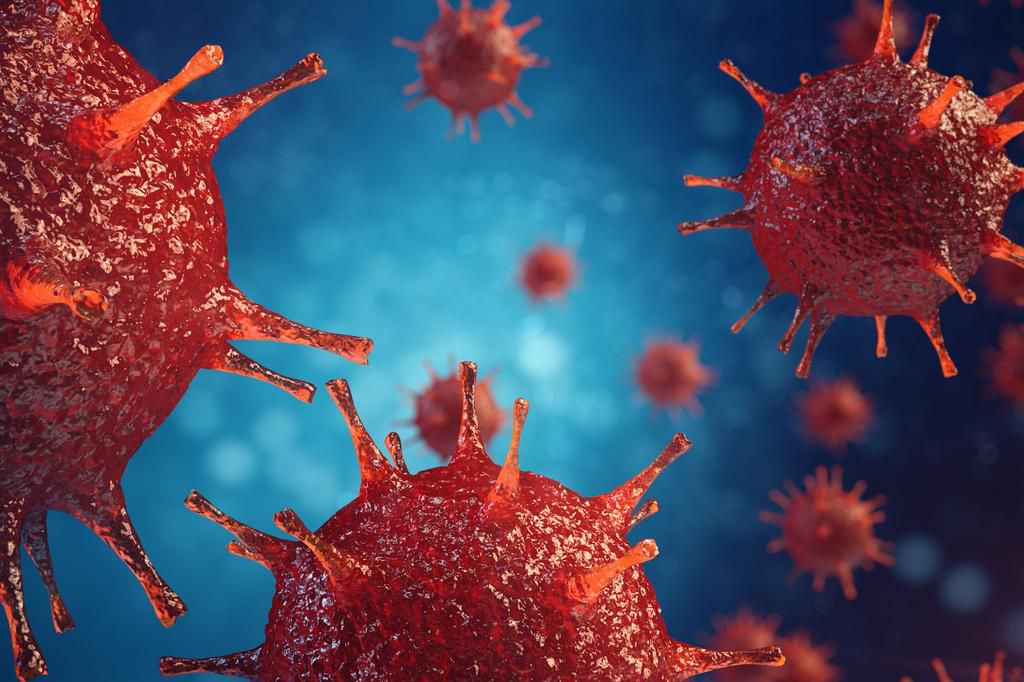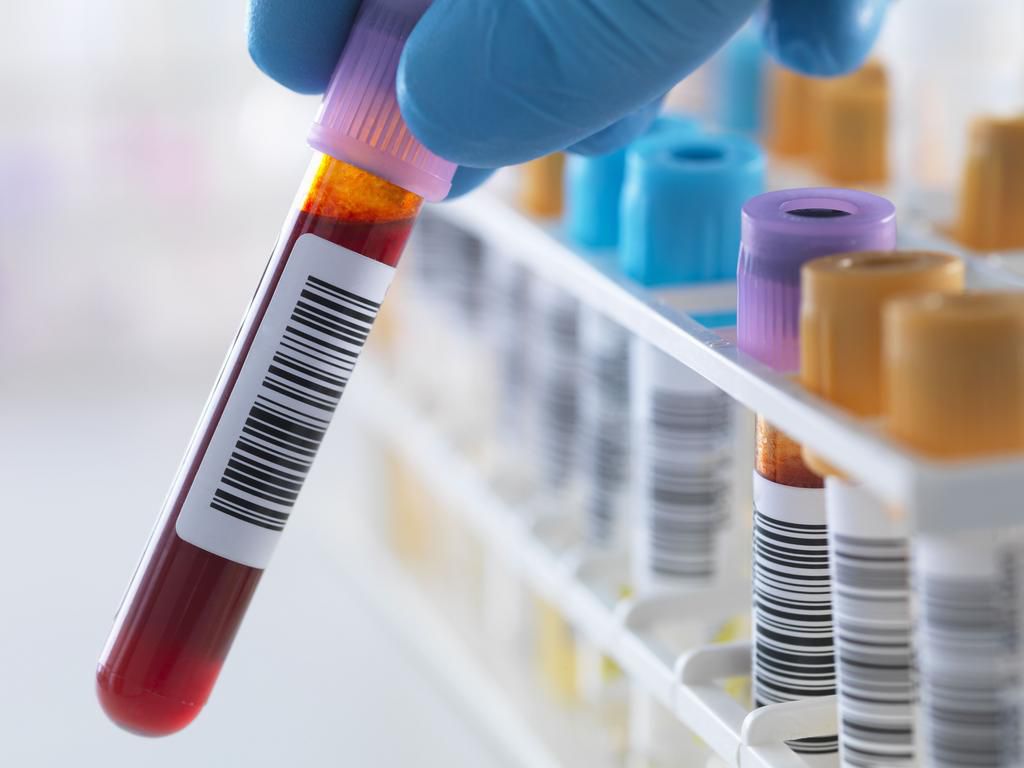A Second HIV Patient Has Been "Cured" of the Disease
)
The London patient, as hes pseudonymously known, was diagnosed with an HIV infection in 2003 . Hes been on antiretroviral therapy, the current standard for treatment, since 2012, He was later diagnosed with , a cancer of the lymphatic system, and received a bone marrow transplant as well as chemotherapy.
The transplant introduced a mutated version of the CCR5 protein into the patients body. Normally, HIV spreads through the body by latching onto the protein, which rests on the surface of immune cells. However, this specific mutation prevents the virus from attacking the cells. Chemotherapy kills off replicating HIV cells, therefore reducing the number of cells infected by the virus. By replacing immune cells with versions resistant to HIV, researchers appear to have created a pathway for curing the infection.

Thats what happened 12 years ago, with a man then known as the Berlin patient. He too received a bone marrow treatment for cancer, which introduced the mutated CCR5 into his body. But he also due to complications from surgery and harsh immunosuppressive drugs. Researchers wondered whether his HIV had gone into remission only because his body had been so wracked by the process.
Everybody believed after the Berlin patient that you needed to nearly die basically to cure HIV, but now maybe you dont, Dr. Ravindra Gupta, a virologist at University College London and the studys lead author, The New York Times.
With a successful second cure, scientists are hopeful there will be more long-term HIV remissions in the future. Refinements in treatment made the London patients experience much less arduous; he underwent one transplant rather than two, and received less intensive chemotherapy.
But that doesnt mean bone-marrow transplants and chemotherapy will become the standard cure for HIV infections. Chemotherapy is still highly toxic, and theres risk that patients will reject new bone marrow cells from a transplant. Instead, the new research indicates that strategies focused on the mutated CCR5 protein can work for people infected with the HIV-1 version of the virus. Another form of HIV, , infects cells by latching onto a different protein.

The question now is how to best use this finding. Gene therapy may be able to target CCR5 by replacing the original protein with a mutated, HIV-resistant version-but those treatments are a long way off (if theyre even successful).
Still, this second successful HIV remission offers patients and researchers hope.
an associate professor of medicine and physician scientist at University of California, San Francisco's Department of Medicine, tells CNN hes cautiously optimistic.
"I do have hope, he says. I think that finding a scalable cure that is safe and can be applied to a vast majority of individuals living with HIV is definitely attainable, but we have a lot more work to go."
)
)
)
)
)
)